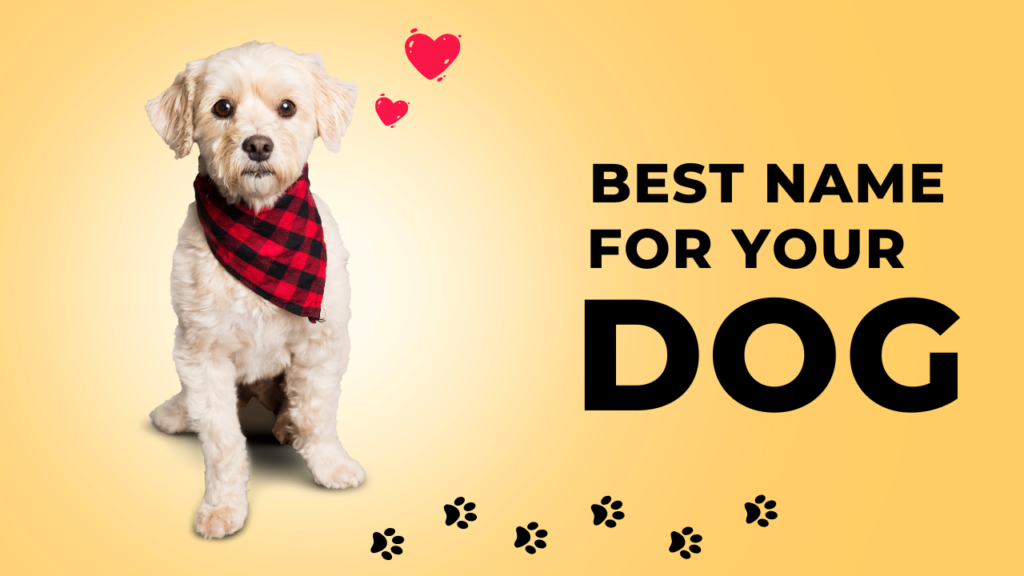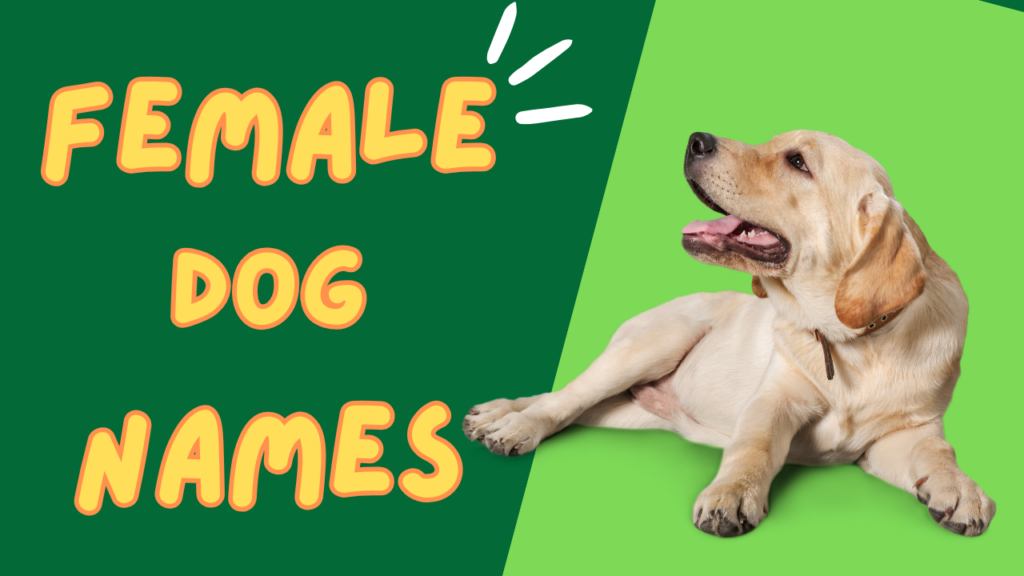The Large Munsterlander is a graceful, intelligent, and hardworking dog breed known for its versatility in the field and loyalty at home. Originating from Germany, this elegant gun dog is often celebrated for its stunning black-and-white coat, boundless energy, and affectionate personality. Whether you’re looking for a hunting companion or a devoted family pet, the Large Munsterlander brings both functionality and companionship to the table.
Origins and History
The Large Munsterlander traces its roots to 17th-century Germany, where it developed from the same ancestry as other German pointing breeds. Originally, it was closely associated with the German Longhaired Pointer, and for many years, both were considered part of the same breed.
By the early 20th century, breeders began to favor specific traits, especially coat color. The German Longhaired Pointer was standardized to only brown and white coloration, while the black-and-white dogs were selectively bred into what we now know as the Large Munsterlander. The breed received formal recognition in Germany in 1919, and it began to gain international popularity over the decades that followed.
Physical Characteristics
Large Munsterlanders are medium-to-large-sized dogs with an athletic, well-balanced build. They exude elegance and strength, built for endurance and agility in hunting environments.
Key features include:
- Height: 23 to 26 inches (58–66 cm)
- Weight: 55 to 75 pounds (25–34 kg)
- Coat: Medium-length, dense, and feathered
- Color: Black and white, either in patches or roan
- Eyes: Dark and expressive
- Ears: Long, broad, and set high, hanging close to the head
The breed’s flowing coat, particularly around the ears, legs, and tail, gives it a striking and noble appearance. The black-and-white pattern is not only beautiful but also historically significant to its identity.
Temperament and Personality
The Large Munsterlander is known for being intelligent, gentle, and loyal. While primarily bred for hunting, it has a well-rounded temperament that makes it suitable for family life.
Temperament traits include:
- Friendly and social with people and other animals
- Eager to please and trainable
- Highly energetic and playful
- Alert and watchful, making a good watchdog
Large Munsterlanders thrive in active households. They are naturally bonded to their family and tend to be very affectionate, especially with children. However, due to their high prey drive, care should be taken when introducing them to small pets.
Trainability and Intelligence
This breed is highly intelligent and trainable, traits that stem from its working background. The Large Munsterlander is capable of learning complex tasks and commands, which makes it a great partner for hunting, agility, obedience, and even search and rescue.
Training tips:
- Start early with socialization and obedience training
- Use positive reinforcement—treats, praise, and play
- Be consistent and patient
- Provide mental stimulation through games or tasks
Because of their alert nature and willingness to work, they are best suited for owners who can devote time to daily training and structured play.
Exercise Needs
As a sporting breed, the Large Munsterlander has high exercise requirements. Without proper physical and mental activity, they can become bored or even destructive.
Exercise recommendations:
- At least 1–2 hours of activity daily
- Off-leash running in secure areas
- Fetch, hiking, or swimming
- Participation in dog sports or hunting trials
These dogs are not suited for sedentary lifestyles or small apartments unless their energy is consistently channeled into productive activities.
Grooming and Maintenance
Despite their luxurious appearance, Large Munsterlanders are relatively low-maintenance in terms of grooming.
Grooming tasks include:
- Brushing 2–3 times a week to prevent matting
- Occasional baths, especially after fieldwork
- Checking ears for signs of infection
- Regular nail trimming and dental care
The breed is a moderate shedder, with heavier shedding typically occurring in spring and fall.
Health and Lifespan
The Large Munsterlander is generally healthy, thanks in part to its responsible breeding background. However, like all breeds, it may be prone to certain conditions.
Common health concerns:
- Hip dysplasia
- Elbow dysplasia
- Eye conditions (like cataracts)
- Ear infections (due to hanging ears)
Lifespan: 11–13 years, with many dogs living healthy lives well into their teens when given proper care and regular veterinary attention.
Ideal Living Situation
Large Munsterlanders are best suited for active families or individuals who have the time and energy to engage with them. A house with a yard or access to outdoor space is ideal.
Best suited for:
- Outdoor enthusiasts
- Hunters or sporting dog handlers
- Families with older children
- People with time for training and play
These dogs do not do well in isolation or environments lacking stimulation. They need to be part of the family and included in daily life.
Final Thoughts
The Large Munsterlander is a stunning combination of beauty, brains, and brawn. It excels in the field but is equally content lying by the fireplace with its human companions. Loyal, affectionate, and always ready for adventure, this breed is a true gem for those who can meet its needs. With the right care, training, and love, the Large Munsterlander makes an unforgettable addition to any active household.

Andy Parker is a dog lover, writer, and senior editor at BarkPicks. With years of experience covering canine health, training, and gear, he helps pet parents make smarter choices for happier, healthier dogs. Andy shares his home (and heart) with two rescue pups, Charlie and Mia.



